A short historical overview of the importance of wool and knitting in Faroese history ·
A short historical overview of the importance of wool and knitting in Faroese history ·
-
1567
The first registration of wool export from the Faroe Islands. Twenty pairs of socks were sold to Norway in exchange for 25 meters of canvas.
-
1620
Model socks issued by the Lagman – a new pair of model socks was again issued by the Lagman in 1657.
-
1800
The first time we see the name 'Skipstroyggja' in writing is in the book 'Færøerne' (Jørgen Landt).
-
The 1800s and onwards
Faroese people mostly knit export sweaters with guard hairs (broddur / the outer and coarse hairs of the sheep's wool) while they knit sweaters for themselves with plucked or mixed wool.
-
1805
There is an overproduction of sweaters in the Faroe Islands.
-
1820
A model sweater to knit for export to Denmark is being issued.
-
1832
Petition given to all six sheriffs on how sweaters (skipstroyggja) should be knit in the future, along with a new model sweater (8 pieces made). The sweaters should be white with dark pattern thread (korkalitt). The knitters could determine the patterns themselves; the more patterns, the better. However, the float should not be longer than four stitches.
-
1888
Thirty thousand four hundred eleven sweaters knitted for resale/export.
-
1898
The Norwegian Storting (government) orders all infantrymen to wear Faroese sweaters under their uniforms during the winter.
-
1921
Collection of patterns from around the Faroe Islands starts.
-
1932
The book Føroysk Bindingarmynstur (Faroese knitting patterns) is published. The book has been re-published many times and is considered the most important pattern book on the Faroe Islands.

